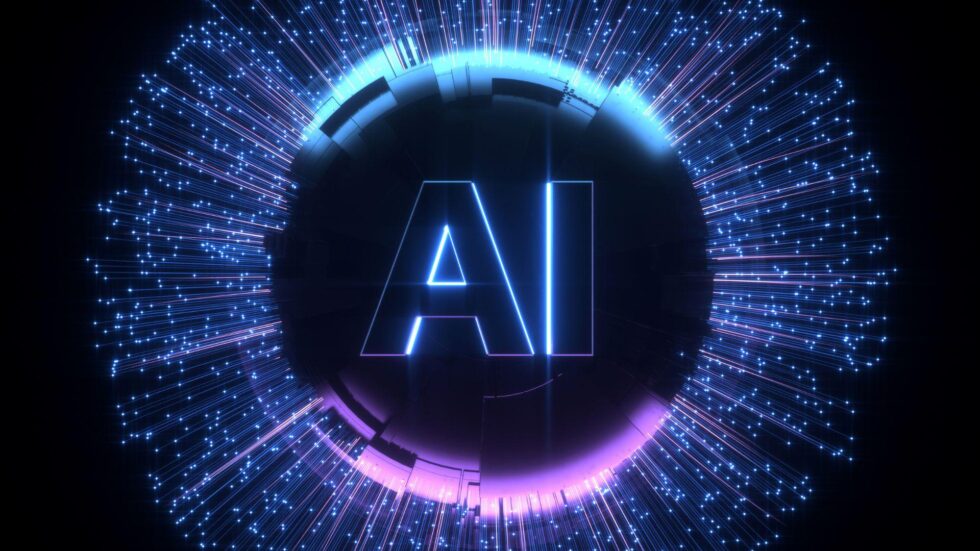Artificial Intelligence or AI has become one of the most popular technologies lately. With the presence of AI, various human jobs have become easier. Of course this is because of the sophistication of Artificial Intelligence or AI itself.
But who would have thought, it turns out that Artificial Intelligence or AI which is now widely used has traveled quite a long way. Not immediately with very high sophistication, it turns out that AI also goes through various processes that have long been designed to become AI as it is today.
There are various eras of history and evolution of AI from time to time, and it turns out that the concept of AI has been proposed since 1940.
THE HISTORY AND EVOLUTION OF ARTIFICIAL INTELLIGENCE OR AI OVER TIME.
To become one of the most sophisticated technologies today, AI has gone through a long and winding journey. There are several names of scientists from various eras who are considered influential in the evolution of AI. Artificial Intelligence or AI began with the era of the formation of the initial concept, namely the 1940s to 1950s.
1. Early Concept Formation Era (1940s – 1950s)
AI has deep roots in the history of modern computing.
In the 1940s, figures such as Alan Turing proposed the basic concepts of AI and even introduced the Turing Test in 1950 as a benchmark for determining machine intelligence.
During this period, early concepts of AI, such as symbolic processing and formal logic, began to develop.
2. Development of Symbolic Methods and Language Processing (1950s – 1980s)
In 1956, the term “artificial intelligence” was first introduced by John McCarthy and his colleagues at the Dartmouth conference.
AI methods in this period were more focused on developing rules and symbolic knowledge representation.
In the 1960s, approaches to natural language processing began to emerge, although they were still in their infancy.
3. The Crisis of Trust and the Neural Networks Revolution (1980s – early 2000s)
In the late 1980s, AI faced a “crisis of confidence” due to slower than expected progress.
However, in the early 2000s, there was a revolution in the use of neural networks, especially deep learning.
Deep learning’s ability to process complex, unstructured data makes it one of the most important breakthroughs in the history of AI.
Advances in hardware have also contributed to the accelerated use of neural networks.
4. Application of AI in Various Industries and Fields (Now)
With its increasing capabilities, AI has become a driving force in many industries and fields.
From autonomous vehicles to intelligent healthcare systems, AI is being used to optimize processes, increase efficiency, and deliver innovative solutions. The use of Big Data and cloud technology has expanded the capabilities of AI, enabling deeper analysis and more accurate predictions.
5. Future Trends of AI: Integration of IoT, Edge AI, and AI for Well-Being
Future trends in AI will focus more on integration with the Internet of Things (IoT), where AI will be at the core of connected systems, enabling more complex interactions and greater automation.
Additionally, Edge AI, where processing is done at the edge of the network, will become increasingly important for real-time applications and data privacy.
Finally, the development of AI for human welfare, such as in the fields of health and education, will be the main focus in efforts to realize the positive benefits of AI technology.
SOURCE : https://inixindojogja.co.id/sejarah-dan-evolusi-artificial-intelligence-atau-ai-dari-masa-ke-masa/
Pict : The University of Queensland : History of Artifacial Intelligence




